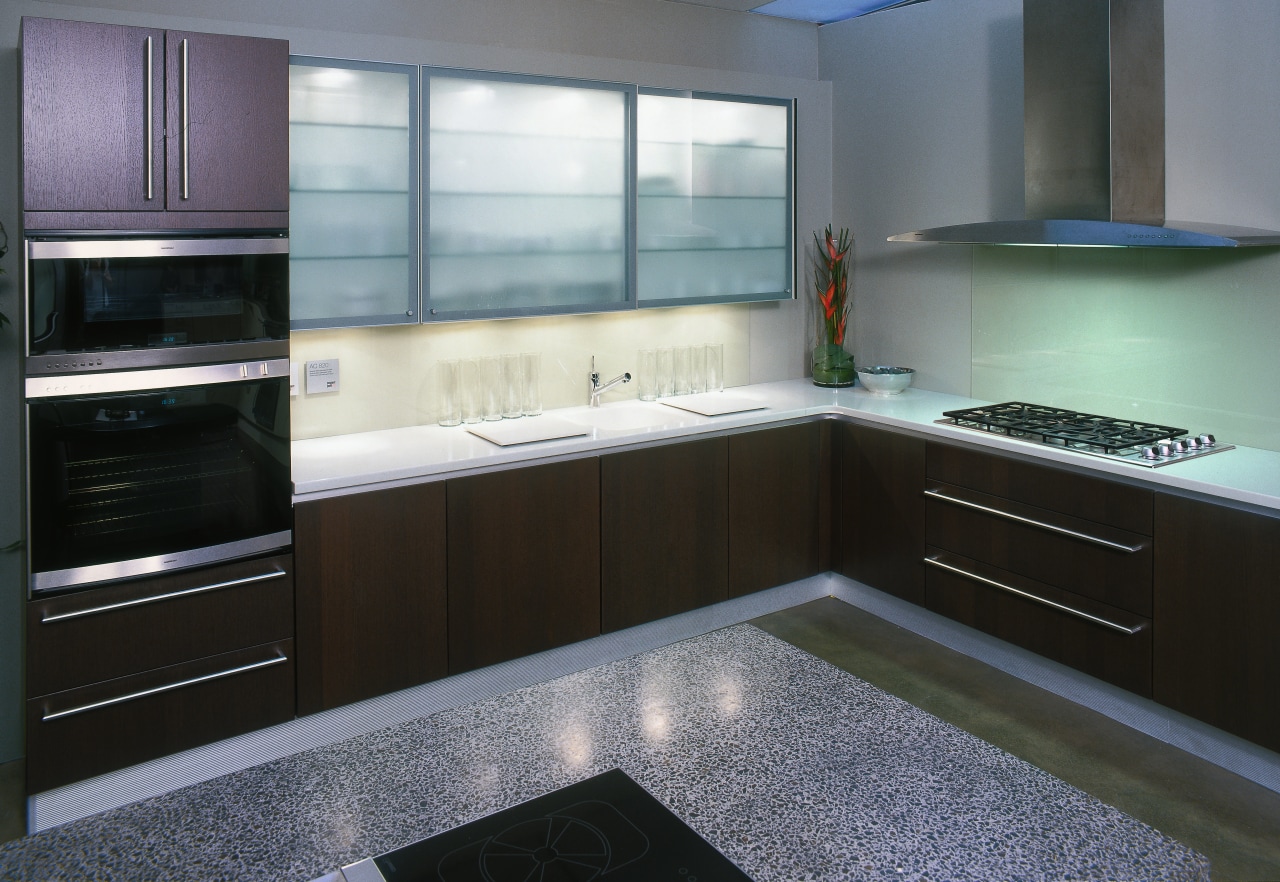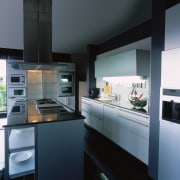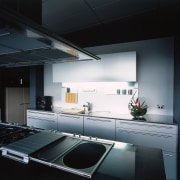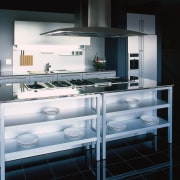Wise investment
Make the right decisions now and your new kitchen will pay off handsomely in terms of reduced energy costs and a healthier living environment

Planning a new kitchen is the ideal time to consider energy efficiency in your home. Whether you are building from scratch or replacing the kitchen in an existing home, there are plenty of decisions to make that will have a direct bearing on your energy use and your comfort.
As most kitchens today are part of an open-plan family area, it makes sense to ensure your design maximises the heat and light provided by the sun. The Energy Efficiency and Conservation Authority (EECA) has many recommendations on the best way to do this. Kitchens with east-facing windows receive welcome morning sun, but will need window treatments in winter, such as blinds, curtains or double glazing, to keep the chill out later in the day. North-facing windows that allow winter sun to warm your room are ideal. But in summer, no-one wants to be toiling in a west-facing kitchen with the late afternoon sun streaming in. Consider eaves or awnings to keep the summer sun at bay.
Double-glazing or heavy window treatments are a good option for south-facing windows, which ideally should be kept small in size.
The planning stage is also a good time to consider your hot water heating. Positioning a cylinder close to the kitchen and bathrooms, and, if it is old, insulating it well will save power. Alternatively, consider a gas-fired continuous flow hot water system. This system provides instant hot water when needed so you don't incur energy costs for storing hot water.
Gas cooking is another cost-effective way to increase your home's energy efficiency. A gas flame provides instant, even heat a gas oven doesn't need pre-heating. Gas also offers precise temperature control, even for simmering delicate sauces.
Advanced cookware design now provides for co-ordinated benchtop units that incorporate wok burners, griddle plates and hotplates. And one-piece hobs are designed for easy cleaning.
Cooking in a gas oven is also a way to ensure meals are succulent, as the water vapour produced by gas keeps the food moist.
Building a new kitchen is also a good time to replace appliances. Dishwashers and refrigerators are given a star rating for energy efficiency. The more stars on the label, the less energy the appliance needs to operate. In fact, EECA says there is about a 10% improvement in efficiency with each star. Better quality appliances are also more likely to incorporate energy efficient technology.
EECA suggests researching appliances before you make a purchase, by checking out the website: www.energyrating.gov.au. You can save up to $100 per year in running costs between the best and worst refrigerators. Over the 15-year life of the fridge, you will quickly recuperate its additional cost in energy savings.
Good ventilation is also vital in the kitchen. By removing steam along with cooking odours, the humidity levels of your home will be lower and it will much easier to maintain a warm, dry and healthy living environment. It is not enough to simply open a window uncontrolled ventilation causes higher heating costs and cold drafts. If you have laundry facilities in the kitchen, your dryer should also be ventilated outdoors.
Limiting energy use isn't just beneficial for your family it also has long-term benefits for the environment, helping reduce the greenhouse gas emissions that contribute to climate change. The New Zealand Climate Change Office is the use of recycling bins and composting drawers. These can be incorporated into the design of your cabinetry, making rubbish disposal convenient and hygienic.
Lighting is another area where considerable savings can be made. There is often a tendency to overlight kitchens, when simple task lighting would be sufficient. Choosing energy-efficient light fittings and compact fluorescent lamps (CFLs) is a way to reduce your power bill without compromising your lighting. CFLs use around 20% of the energy needed by an incandescent bulb to produce the same amount of light. Similarly, use a 14W CFL in place of a 75W light bulb for instant savings.
Energy savings can also be made by limiting water use. Quality tapware and using the dishwasher in economy mode will make a substantial difference to metered water rates.
Story by: Trendsideas
Home kitchen bathroom commercial design










